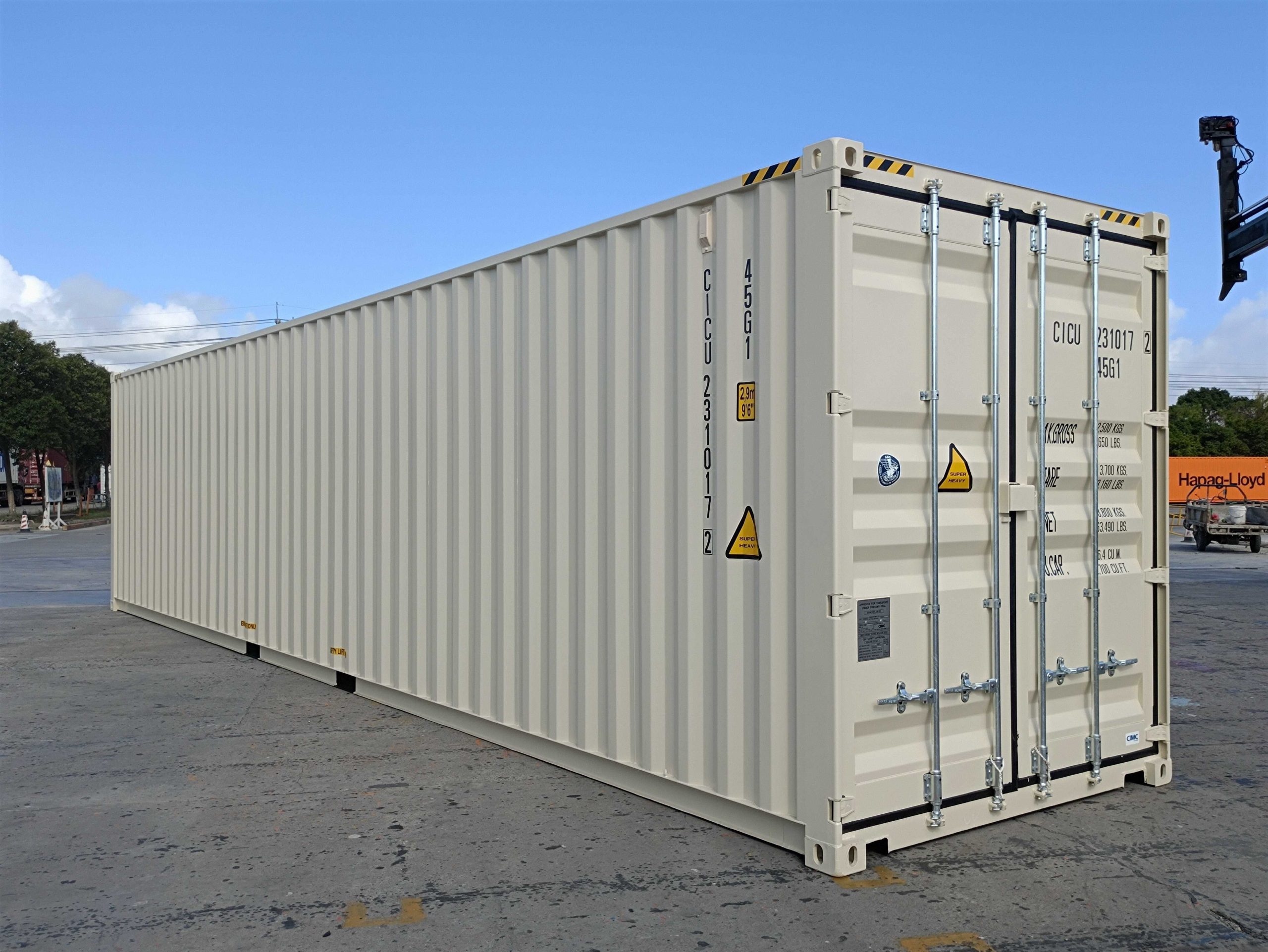15 Terms That Everyone In The Shipping Container Prices Industry Should Know
Understanding Shipping Container Prices: A Comprehensive Guide
Shipping containers have actually ended up being vital assets for services participated in international trade and transportation. Furthermore, with the rise of the diy (DIY) home and office motion, they are progressively utilized for various ingenious functions, including housing, workshops, and storage. Nevertheless, the rate of shipping containers can differ considerably based upon a plethora of factors, making it essential for potential buyers to remain informed. This blog post aims to unload shipping container prices, detailing the elements that affect their expenses, offering comparative analyses, and answering regularly asked concerns.
Factors Affecting Shipping Container Prices
The price of shipping containers is affected by a variety of elements. Here are some of the main considerations:
Container Size:.Standard shipping containers can be found in various sizes, the most common being 20-foot and 40-foot containers. As expected, bigger containers typically cost more.
Condition:.Shipping containers are readily available in 3 main conditions:
- New: Brand new containers that have actually never been used. Typically the most pricey.
- Used: Previously owned containers that are still in great condition. Prices can differ based upon age and wear.
- Refurbished: Used containers that have actually gone through repair work and modifications to be functional and attractive once again.
Market Demand:.Changes in need for shipping containers can influence prices. Economic patterns, such as trade wars or rises in e-commerce, effect supply and need considerably.
Place:.Geographic factors play a crucial role in prices. For instance, containers situated near ports may be less expensive due to lower transport costs.
Modification:.Customized containers geared up with amenities or modifications (e.g., insulation, windows, or doors) may come at a premium rate.
Cost Ranges of Shipping Containers
To supply a clearer understanding of shipping container prices, the table listed below outlines average expenses based upon various elements:
Container Size
New Condition
Used Condition
Reconditioned Condition
10-foot
₤ 3,500 – ₤ 5,000
₤ 1,500 – ₤ 3,000
₤ 2,000 – ₤ 4,000
20-foot
₤ 4,500 – ₤ 7,000
₤ 2,000 – ₤ 4,000
₤ 3,500 – ₤ 5,500
40-foot
₤ 6,000 – ₤ 10,000
₤ 3,000 – ₤ 6,000
₤ 4,500 – ₤ 7,500
40-foot HC (High Cube)
₤ 6,500 – ₤ 10,500
₤ 3,500 – ₤ 6,500
₤ 4,800 – ₤ 8,000
Please note that these rate varieties may differ based on the geographical area and market patterns.
Key Insights:
- New containers are a substantial investment and are perfect for businesses requiring long-term possessions.
- Used containers can supply excellent worth for those on a budget, especially for storage or short-term projects.
- Refurbished containers can provide a balance of cost-effectiveness and quality.
Additional Costs to Consider
While evaluating shipping container prices, it is essential not to neglect extra costs connected with the purchase and setup process:
- Delivery Fees: Transporting the container from the seller to your place can sustain additional costs, particularly for long distances.
- Modifications: If you plan to personalize the container, consider these additional costs which can vary based upon the complexity of the modifications.
- Authorizations and Licenses: Depending on regional laws, you might require licenses for positioning or transforming a shipping container, which can also contribute to the overall cost.
- Maintenance Costs: Even reconditioned containers might need some maintenance with time, affecting overall ownership costs.
The Current Market Trend
Since 2023, there have actually been observable shifts in the shipping container market due to numerous global elements such as the ongoing results of the COVID-19 pandemic, supply chain disturbances, and variations in global trade patterns. Prices have seen considerable volatility, with numerous purchasers experiencing unpredictably high expenses.
Regardless of this, particular regions have actually begun to stabilize, particularly locations heavily reliant on shipping container trade. Developments in logistics and supply resolution methods have also played a role in tempering these modifications.
Regularly Asked Questions (FAQ)
1. What is the typical lifespan of a shipping container?
- Shipping containers are usually developed to last 10-15 years, depending upon their use and maintenance.
2. What are the best usages for shipping containers?
- They can be used for shipping items, storage, pop-up stores, environmentally friendly housing, and more.
3. Can I finance a shipping container purchase?
- Yes, there are funding choices available through specialized lenders if full payment upfront isn't possible.
4. How can I ensure I'm purchasing a quality container?
- Constantly inspect the container in-person if possible, or deal with trusted sellers who offer detailed descriptions and pictures.
5. Is COG Containers to convert a shipping container?
- While some modifications can be easy, others might require professional help. It's beneficial to plan your conversion ahead of time.
Purchasing a shipping container presents a range of chances, whether for business or individual usage. As prices continue to change, understanding the underlying elements that influence these costs is vital for making informed decisions. By considering the various rate points, extra expenses, and market patterns, buyers can better navigate the complexities of the shipping container market and find a solution that suits their needs. In this ever-evolving market, remaining conscious and educated stays necessary.
